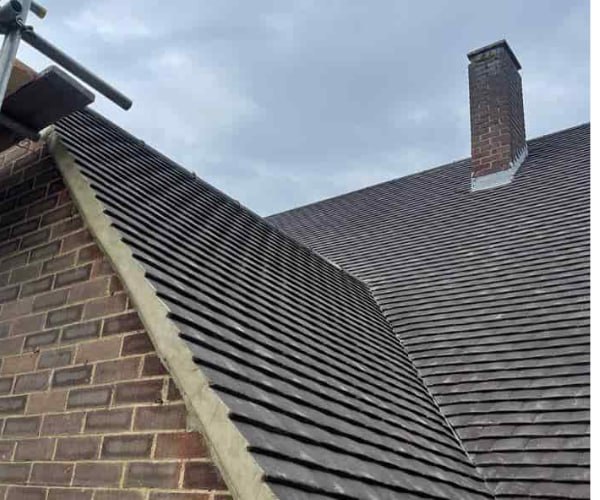Winterizing Your Commercial Roof: Essential Tips to Prevent Damage
Introduction: As the winter season approaches, preparing your commercial roof for the cold weather ahead is essential to prevent costly damage and ensure the safety and integrity of your building. Winter brings unique challenges, including freezing temperatures, snow, ice, and fluctuating weather conditions, which can take a toll on your roof. This guide will share expert tips for winterizing your commercial roof to safeguard against potential hazards and maintain optimal performance throughout the winter months.
Inspect and Repair:
Before winter weather sets in, thoroughly inspect your commercial roof to identify any existing issues or areas of concern. Look for signs of damage, such as loose or damaged roofing materials, cracked seals, or deteriorated flashing. Addressing these issues promptly will help prevent them from worsening during winter and reduce the risk of water infiltration and structural damage.
Clear Debris:
Remove any debris from the roof surface and gutters, such as leaves, branches, or dirt. Accumulated debris can impede proper drainage and contribute to water pooling, leading to roof leaks and water damage. Keeping the roof clean and clear will ensure that water can flow freely off the roof, reducing the risk of ice dams and snow buildup.
Check Insulation and Ventilation:
Proper insulation and ventilation are crucial for maintaining a stable indoor environment and preventing issues like ice dams and condensation buildup. Inspect insulation levels in the attic or roof space and ensure they meet recommended standards for your climate. Additionally, ventilation systems should be checked to ensure they function correctly and provide adequate airflow to prevent moisture buildup.
Protect Against Ice Dams:
Ice dams occur when melting snow refreezes at the roof’s edge, forming a barrier that prevents water from draining properly. This can lead to water backup under the roofing materials and into the building, causing leaks and water damage. To prevent ice dams, ensure the roof is adequately insulated to maintain consistent temperatures and install ice and water shield membranes along the eaves and valleys.
Trim Overhanging Branches:
Overhanging branches risk damage to your commercial roof, especially during winter storms with heavy snow and ice. Trim back any branches that hang over the roof to prevent them from breaking under the weight of snow or ice and causing damage to the roof surface or structure.
Schedule Professional Maintenance:
Consider hiring a professional roofing contractor to perform comprehensive maintenance and winterization services on your commercial roof. Experienced contractors have the knowledge and expertise to identify potential issues, address them proactively, and ensure that your roof is prepared to withstand the rigours of winter weather.
Conclusion: Winterizing your commercial roof is critical in protecting your building and its occupants from the harsh conditions of the winter season. By following these tips for inspection, maintenance, and preparation, you can minimize the risk of damage, prolong the lifespan of your roof, and ensure a safe and comfortable environment throughout the winter months. Invest in the proper care and maintenance of your commercial roof now to avoid costly repairs and headaches down the road.
Call us on: 01234 982 391
Click here to find out more about ATC Roofing Bromham
Click here to complete our contact form and see how we can help with your roofing needs.

